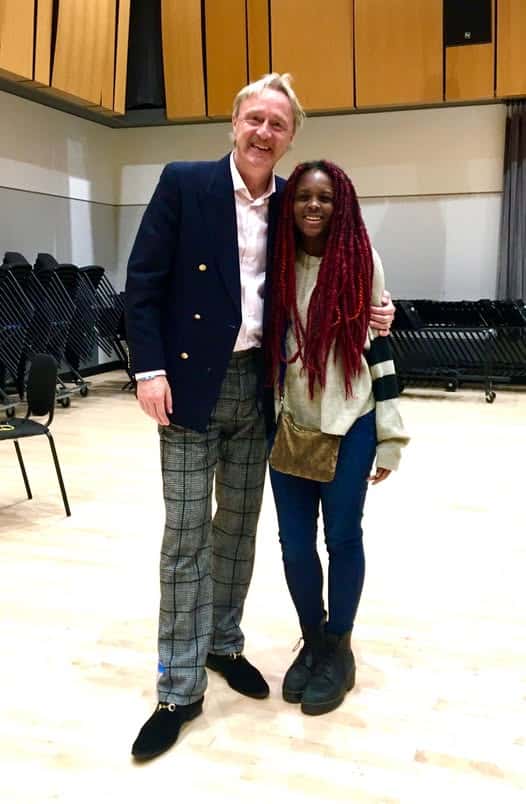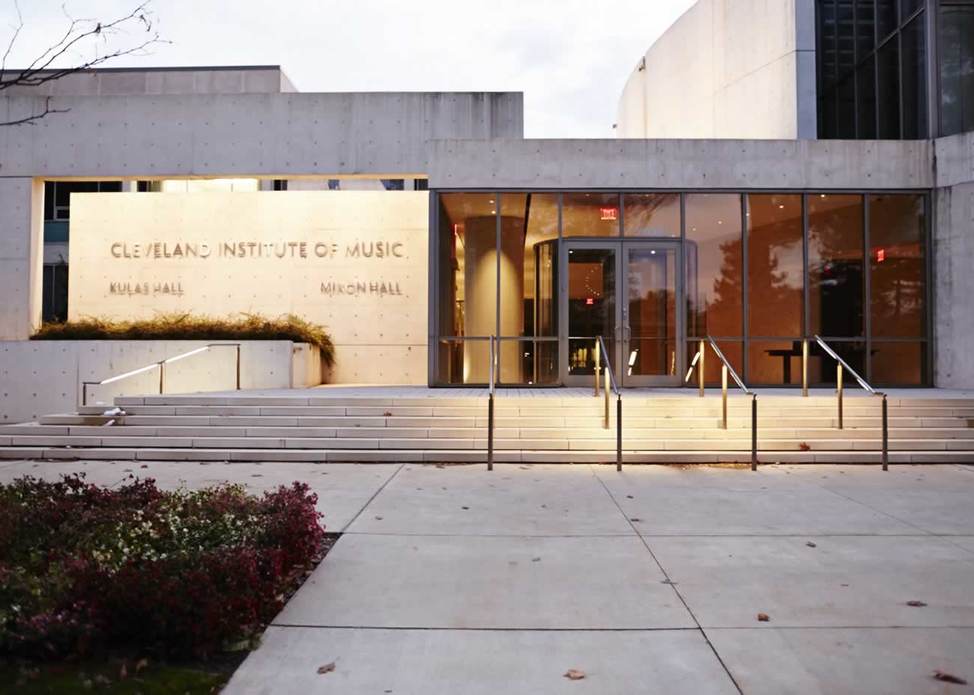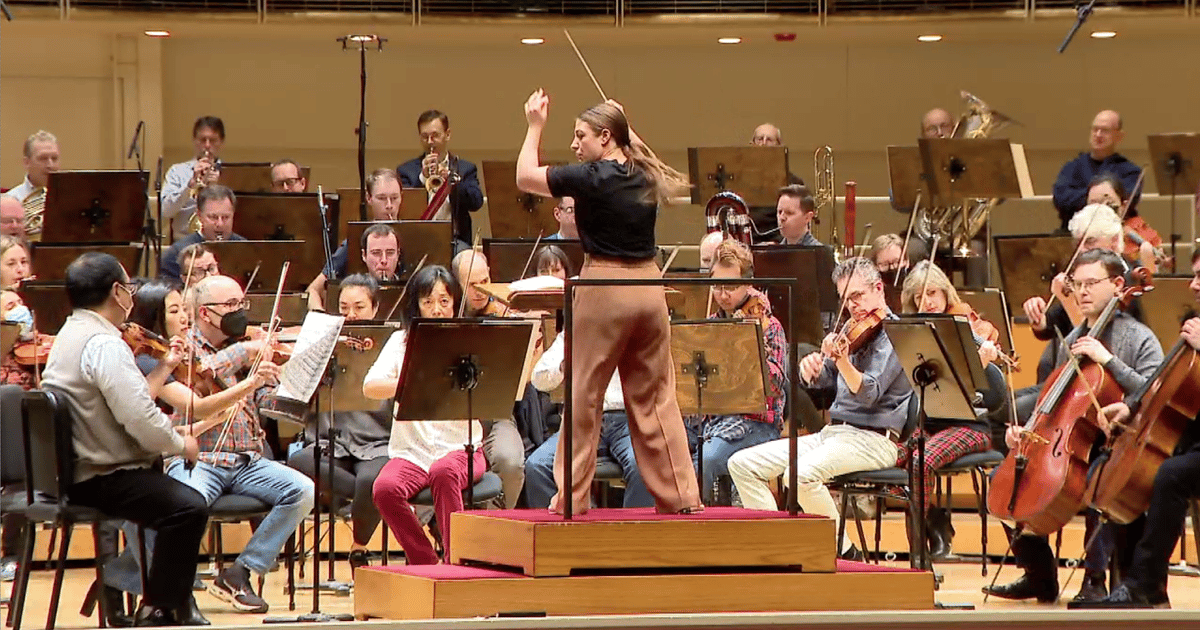America’s most innovative symphony orchestra is… South Dakota
OrchestrasThat’s the word from Joseph Horowitz, Toscanini author and experienced orchestra manager:
…I have often written about the South Dakota Symphony in this space. So far as I am aware, it’s our most genuinely innovative, most inspirationally forward-looking professional orchestra. It is also the happiest professional orchestra I know, and the most engaged. Its mission is defined and driven by its Music Director of twenty years: Delta David Gier, who in 2004 moved to Sioux Falls and proceeded to raise a family there. Gier’s signature initiative is the Lakota Music Project, which links SDSO to Indian reservations across the state. He also regularly showcases new American music. And he regularly tackles big repertoire: a Mahler cycle, the St. Matthew Passion (unabridged), Redes with Revueltas’s great score performed live — and now Shostakovich 7. More than a century ago, Theodore Thomas – whose touring Thomas Orchestra made the concert orchestra an American specialty – preached: “A symphony orchestra shows the culture of a community.” Gier’s South Dakota Symphony does that and more. It should become a national model.
Gier’s galvanizing reading of the Leningrad Symphony, three weeks ago, was preceded by a forty-minute “dramatic interlude” commencing with the lascivious trombone slides, from the opera Lady Macbeth, that got Shostakovich in big trouble with Stalin in 1936. The infamous Pravda editorial was recited. We moved on from there to the Fifth Symphony and its ostensible Socialist Realist contrition, thence to the horrific 872-day Nazi siege of Leningrad and Shostakovich’s legendary musical response. All this, with interpolated music, was co-scripted by Gier and myself. The Seventh Symphony followed after intermission….
Read on here.
Alex Ross seems to agree.






Why is North Dakota also highlighted in the accompanying graphic? The two are quite separate states.
Perhaps the originator of the graphic was confused by the University of Southern North Dakota in Hoople, where that great musical innovator, PDQ Bach, was first discovered.
Who cares?
I go to hear an orchestra because they’re good. I couldn’t care less how innovative they are.
Besides, this particular one doesn’t sound very fabulous at all.
Reading both articles, I am reminded of an attempt to do a similar thing in education and in certain publications during the mid-late Sixties. It was called synthesizing, which gathered all the subjects under a thematic umbrella, finding elements of the chosen theme in all disciplines. It was fulfilling to teach in that wholistic manner, and students loved it, gaining a broader outlook than the compartmentalized process which education and everything else is run, today. Such compartmentalization is partly the reason why people have trouble taking climate changes, political machinations seriously.
The internet and the computer and other digital devices fragment thought and disallow a continuity of discourse and thought. Reading, writing by hand in cursive, are dying, leaving our future culture a mosaic instead of a unifying mixture, encompassing
all cultures, all kinds of social responses to the question of who we are as human beings.
I can’t speak to the South Dakota Symphony, but the National Music Museum is certainly famous to American musicians at least and is located in South Dakota, so there should not be this expression of wonder that there is an audience for music in that state, or in that part of the USA for that matter.
Vermillion is in South Dakota but barely, being located just across the Missouri River from Nebraska. Agree that the museum is a must-visit.
Bravo to the good people in South Dakota. This is a great reminder that there are terrific orchestras all over the country doing creative things. The smaller orchestras can usually be much more “nimble.”
If by chance you find yourself in Rapid City check out the Crazy Horse Memorial a staggering monument and the vision of one family.